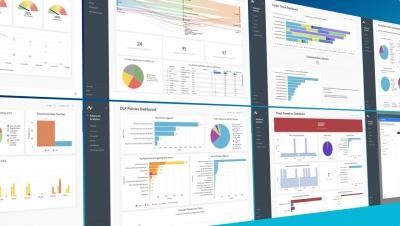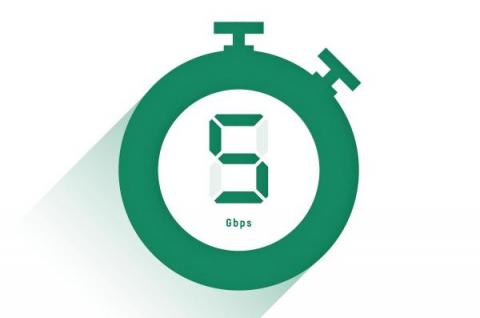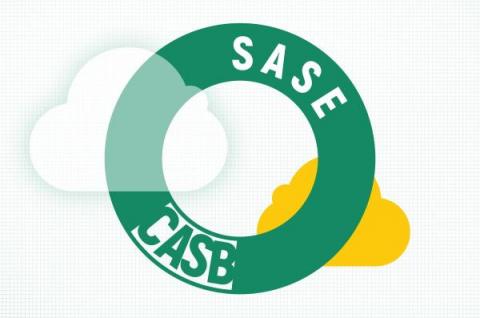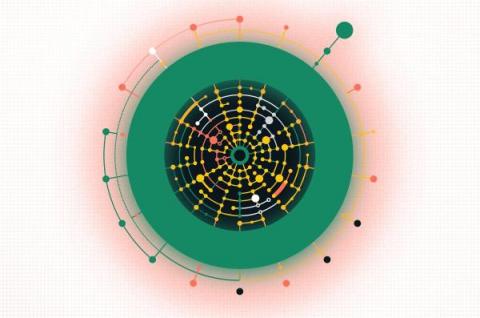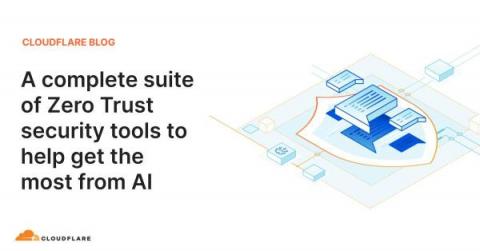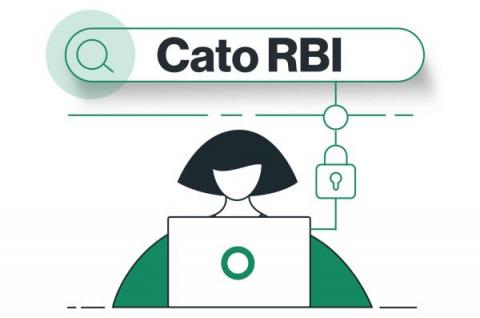SASE Evaluation Tips: The Risk of Public Cloud's High Costs on SASE Delivery
David Heinemeier Hansson lays out the economic case for why application providers should leave the cloud in a recently published blog post. It’s a powerful argument that needs to be heard by IT vendors and IT buyers, whether they are purchasing cloud applications or SASE services. Hansson is the co-owner and CTO of 37Signals, which makes Basecamp, the project management software platform, and Hey, an email service.



